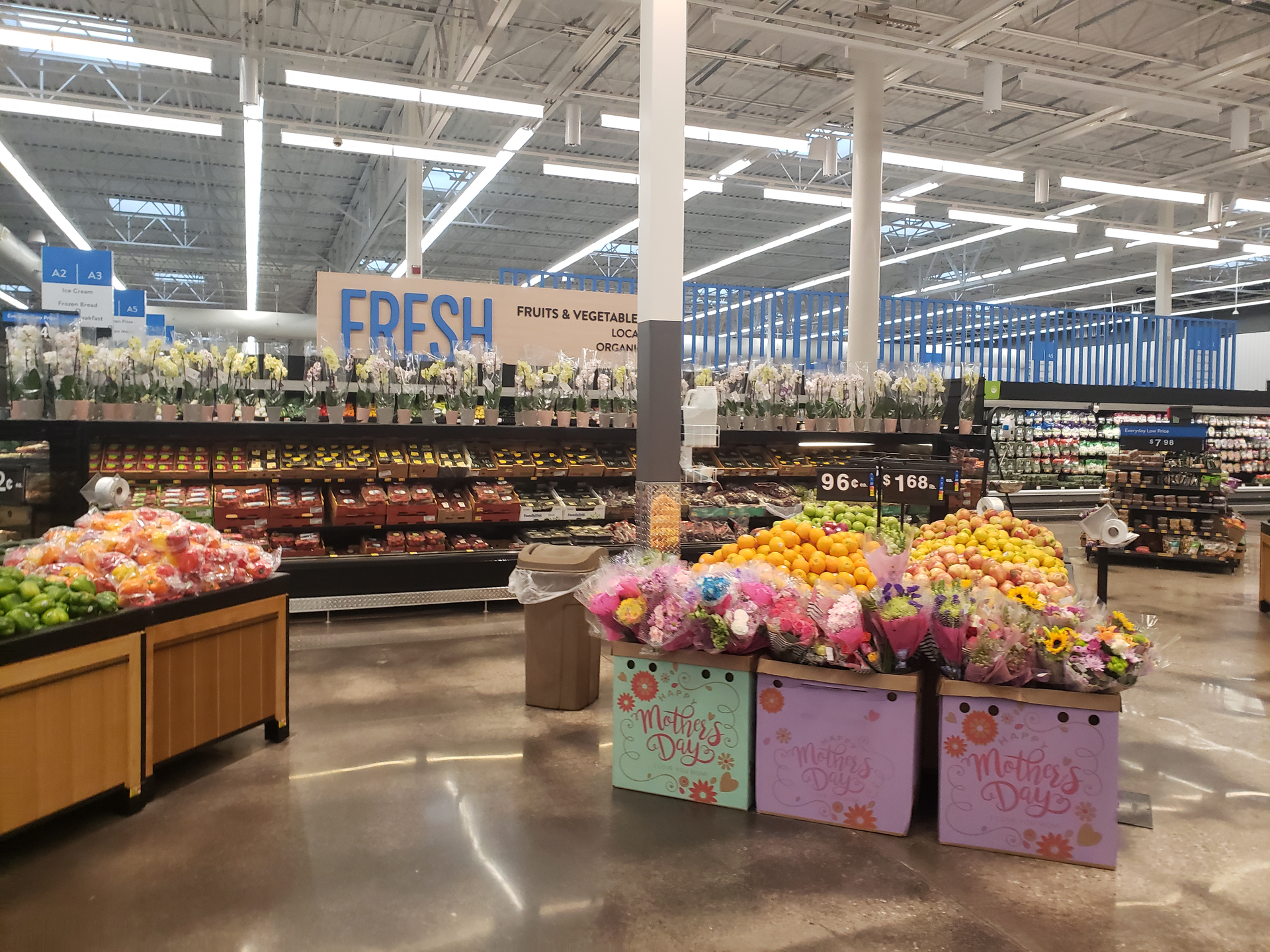Advisory
Firm Management Lessons from the Grocery Store
If you want to successfully evolve your firm into the modern era, you need to start building your grocery store the right way, learn from the transformation of the modern grocery store in the 1960s and modernize your practice.
May. 18, 2022

In 2022, we take many things in our life for granted, but few of those are as well thought out and designed as the modern grocery store. Back before 1960, if you walked into a grocery store, it looked nothing like the modern marvels of today. It was in the 1960s where the grocery store industry realized that by having a deliberate layout and design, they would see their revenue skyrocket, new product expansion, and, best of all, customers couldn’t get enough of the changes.
You may not think twice about your favorite grocery store’s layout, but it thinks about you more than you realize. According to the USDA, the average amount of time American’s spend in the grocery store has been on the steady incline over the past several years. According to the latest survey, the average American spends 46 minutes per trip in the grocery store from a study by the USDA released in 2019, and top grocery stores average closer to two hours.
The modern grocery store layout is carefully designed to engage you from the moment you walk in and see the vibrant colors of the produce section and then guide you through the store, making sure you are tempted to purchase as many goods as possible on your trip.
The key aspects of the layout are focused on guiding your journey to purchase the right products the store wants you to buy and keeping you in the store for as long as possible; everything is intentional.
This transformation aligns surprisingly well with the challenges accounting firms are facing today. The shifts to advisory services and revenue growth are key among them. While many firms talk about these issues, few attempt to make such a change happen, and even fewer actually succeed.
For years, firms have struggled to understand this shift and how to change their methods of operations. One of the challenges is that typical accounting firms are not designed around advisory services. You can slap a new coat of paint on the firm, but it doesn’t actually change anything.
Given this, what can we as accounting firms learn if anything from the grocery store model?
Focus on the key products
The first key takeaway is that accountants need to focus first and foremost on identifying their key products. That is right, we are the in business of providing services or products to customers. Just like the grocery store that places the produce up front because it’s a key product, you need to first know what your key product is so you can correctly place it.
Your first step is to identify the three key services that best fit you, your firm, and your brand. Once you know what these key services are, you can begin to build your store layout, promotional items, end cap displays, and more, but it all starts with identifying the services.
Think about the layout for a minute. Of the three services, which one is the best to lead with, just like in the grocery store, to draw customers in? For many firms, tax services are what get people in the door, but providing those services is not the ultimate goal. Your lead product doesn’t have to be as vibrant as the produce section to be effective.
Creating the journey
Remember, the key with the grocery store model is to guide the customers into spending as much time in the store as possible, as every minute in the store means another minute with them buying something else. For you, it is about guiding your journey, your language, your talking points to focus on your three key services.
No matter what your services are, you need to understand for each the key questions to ask, pain points to identify, indicators of need, and most important of all, how to price (but pricing is a topic for another article). Chances are good that most accountants can list three services their firm offers, but too few can answer many questions about those services.
Since you know the final destination, say business advisory services as one of your three products, then you can create a roadmap around the journey to reach that point.
One of the major benefits internally of this approach is that it reduces our discomfort at trying to think on our feet and being unsure what to say. Standard scripts are key, and, just like with the grocery store where each isle is designed to lead you to the next, your scripts of talking points should guide your clients along their journey to exploring more of your services.
Building your store
If you want to successfully evolve your firm into the modern area, you need to start building your grocery store the right way; learn from the transformation of the modern grocery store in the 1960s and modernize your practice. The key to successfully engaging with the customers is to help your clients identify and understand their key needs so you can provide the right service at the right time.
Just think about the last time you walked into the grocery store. Did you complain that it was designed to make your shopping easier and guide you to the right products, or did you yearn to meander around a grocery store with items randomly scattered throughout? Grocery stores went through a major shift in the 1960s with a focus on guiding the customers on a journey to buy the right products and have never looked back since. Stop trying to be all things to everyone. Focus on building your store and watch the success follow.
